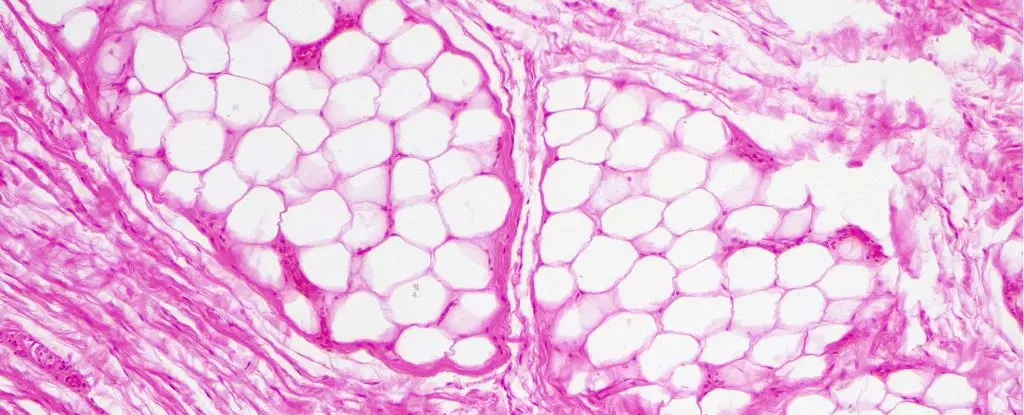Brown fat, also known as brown adipose tissue, plays a crucial role in burning calories to generate heat within the body. Unlike white fat, which is mainly used for insulation, brown fat is filled with mitochondria that act as energy centers. The primary function of brown fat is to burn blood sugar and fat in order to maintain core body temperature, especially in cold environments. In the past, it was believed that brown fat was only present in small mammals and human newborns. However, recent research has shown that most healthy adults also have active and functional brown fat stores that help regulate body temperature and control blood sugar levels.
A team of international researchers has made significant progress in understanding how brown fat metabolism is controlled. They have identified a protein called AC3-AT, which acts as the ‘off switch’ for brown fat metabolism. In experiments on mice, it was found that removing this protein forced the animals to continue breaking down blood sugar and fat at a high rate, even in chronic coldness. While this mechanism is evolutionarily beneficial in terms of conserving energy, it can pose challenges for potential metabolic treatments aimed at manipulating brown fat to combat obesity. Research has shown that mice lacking the AC3-AT protein accumulated less fat in their bodies and exhibited better metabolic health when fed a high-fat diet.
The discovery of the AC3-AT protein has opened up new possibilities for treating obesity and related metabolic syndromes. By finding ways to block this protein, researchers believe that they can safely activate brown fat and promote weight loss. Studies have shown that the expression of AC3-AT is also present in human cells and is induced by cold temperatures, similar to what is observed in mice. This finding suggests that targeting AC3-AT could be a promising strategy for activating brown fat in humans and improving metabolic health.
The research on brown fat metabolism represents an exciting new frontier in the field of obesity and metabolism. By understanding the mechanisms that control brown fat function, scientists hope to develop new therapies that can help individuals struggling with weight management and related health issues. The potential for targeting the AC3-AT protein to activate brown fat holds promise for future treatments that could revolutionize the way we approach obesity prevention and management. As researchers continue to unravel the mysteries of brown fat, the possibilities for new therapeutic interventions are endless.



Leave a Reply